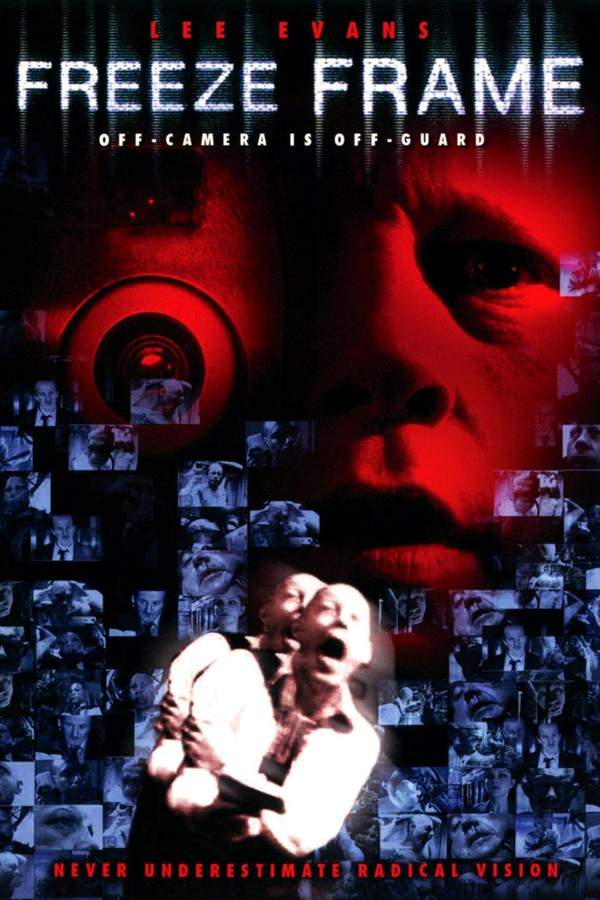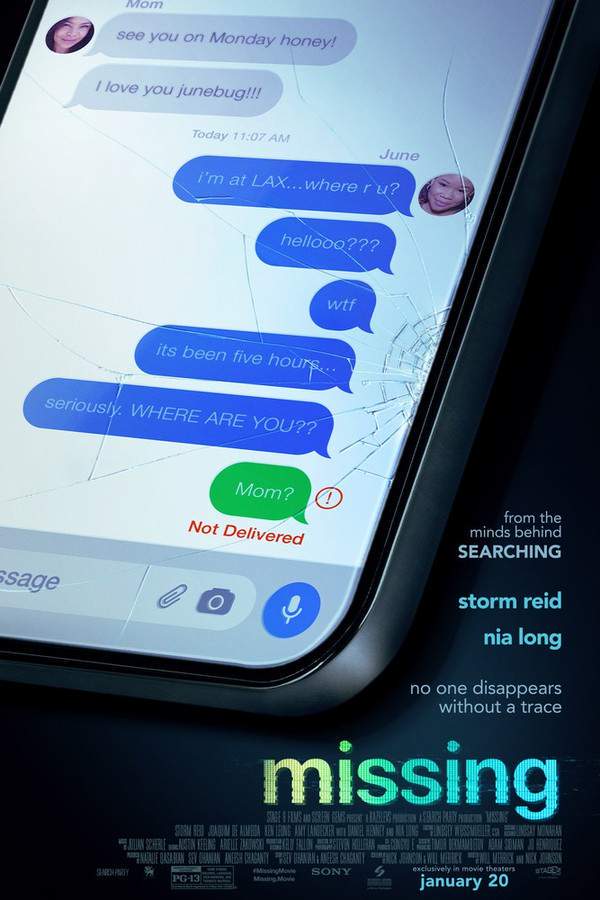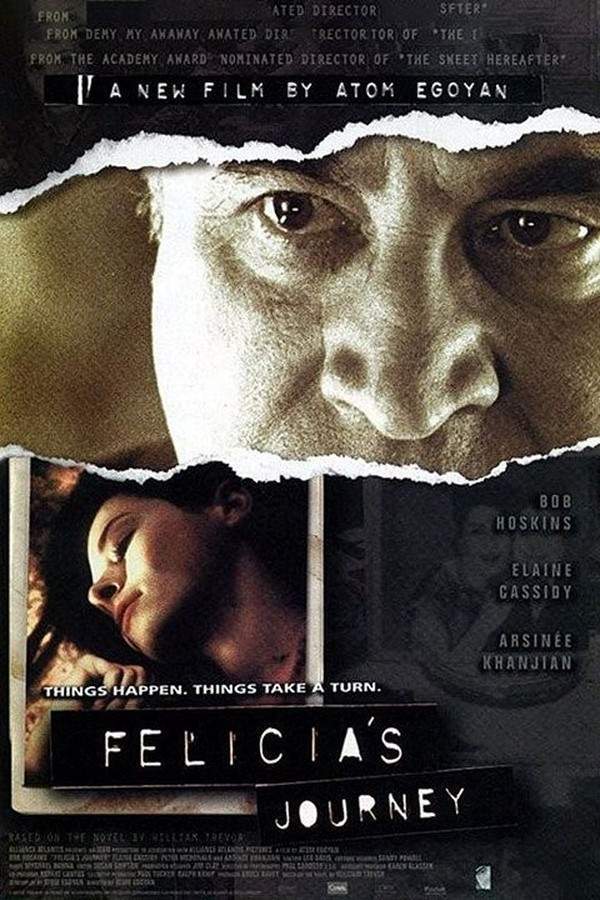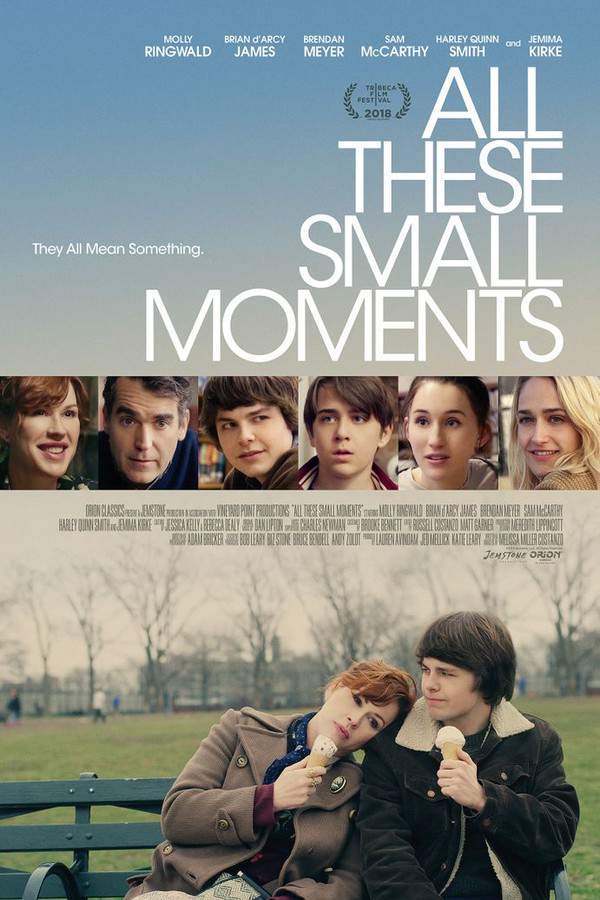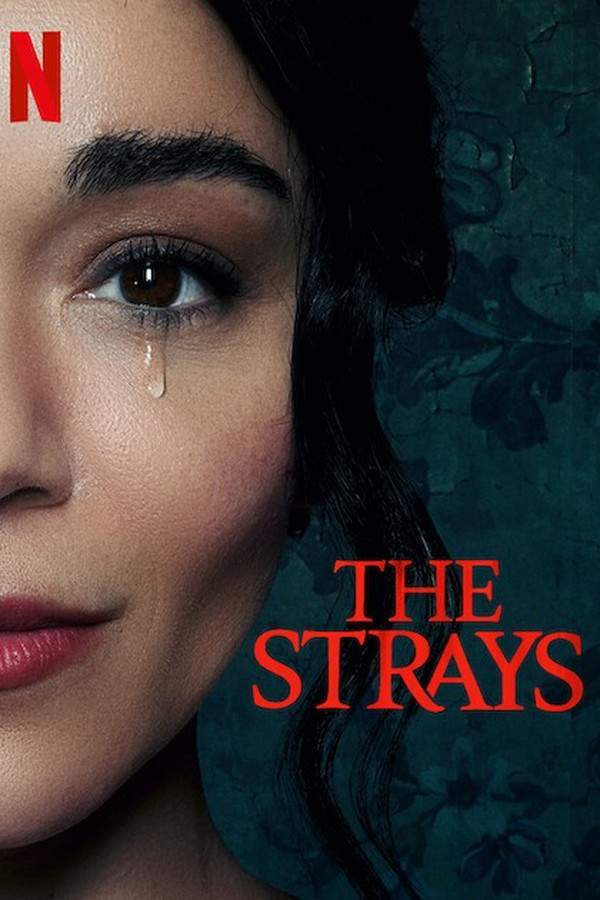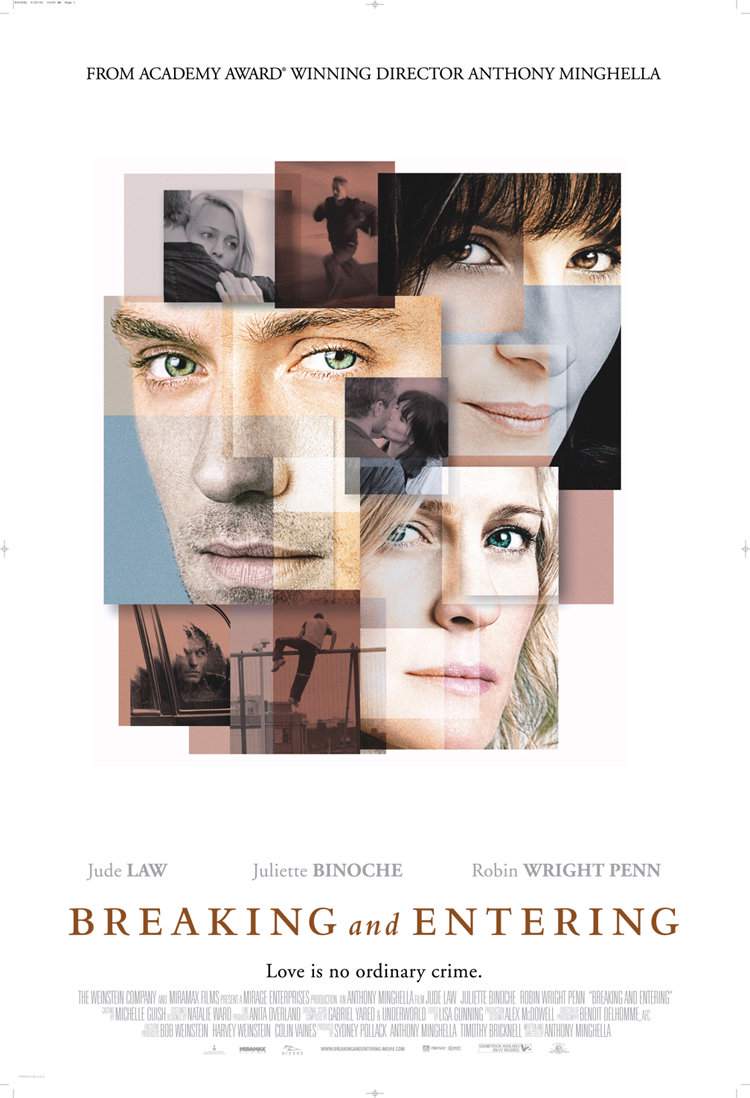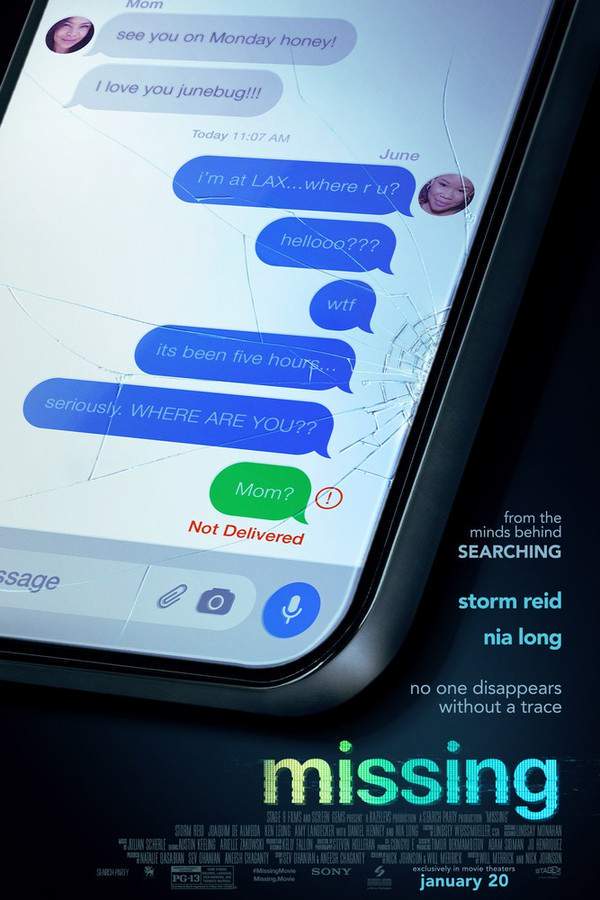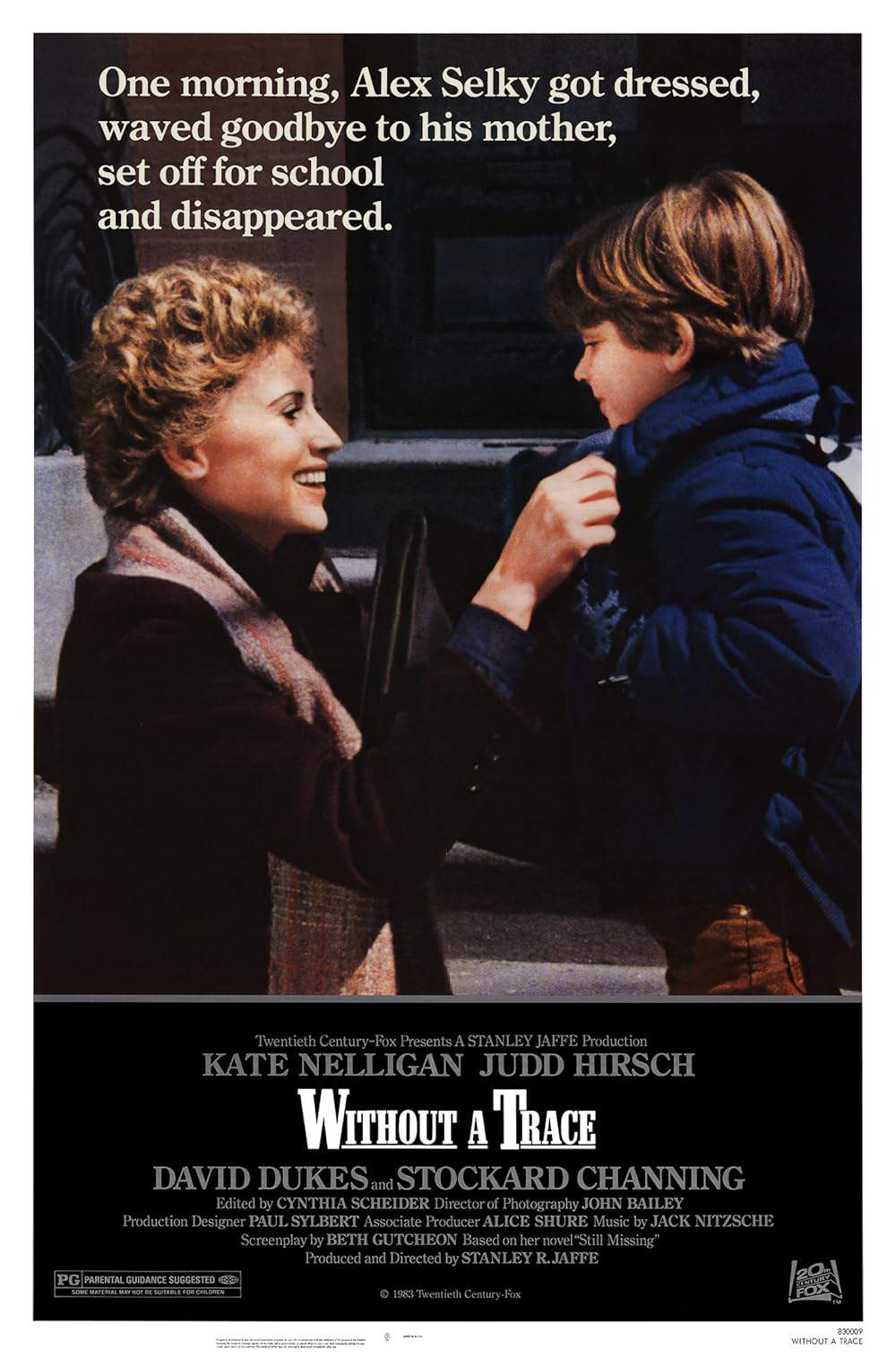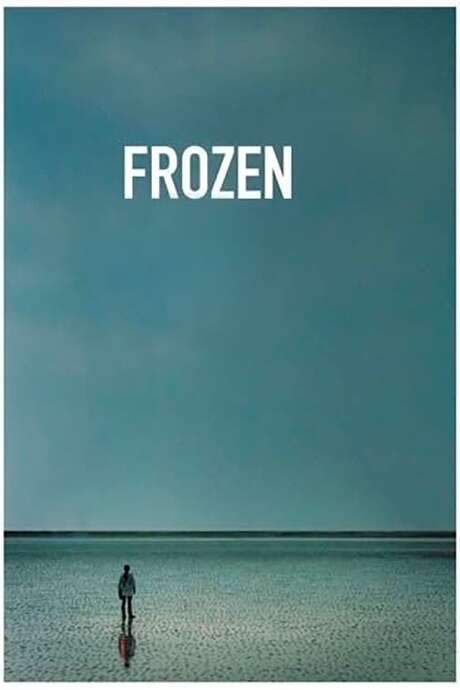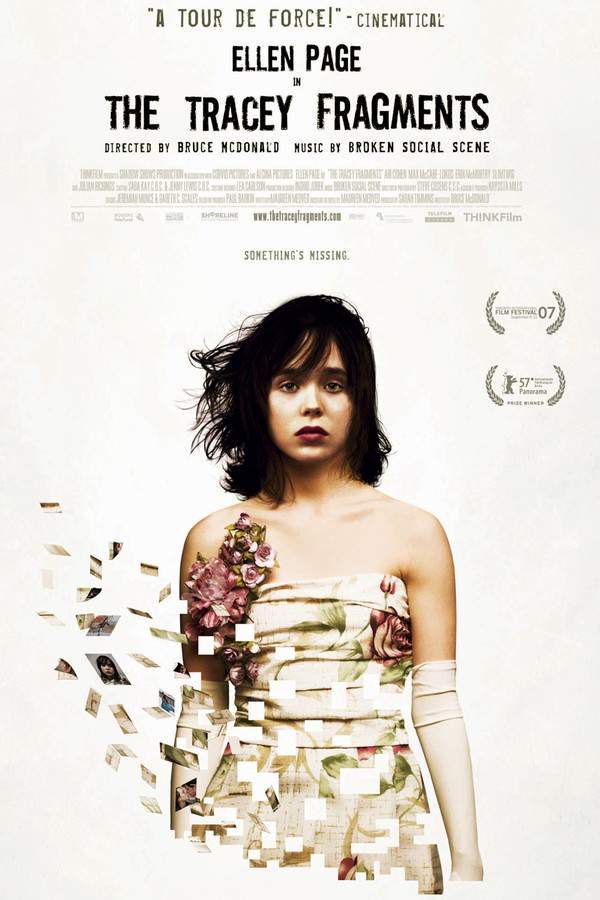
The Tracey Fragments 2008
Directed by
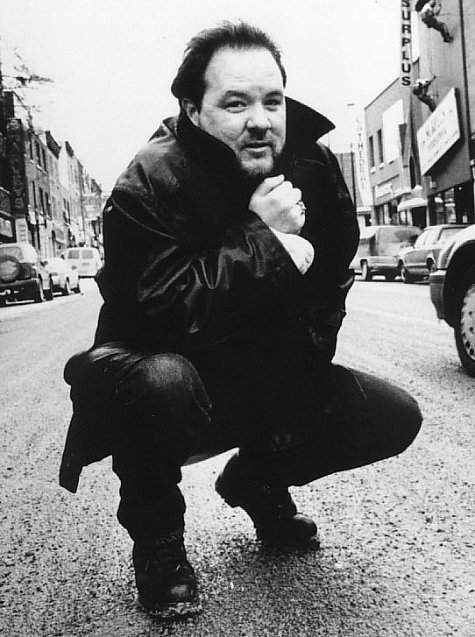
Bruce McDonald
Made by

THINKFilm
Test your knowledge of The Tracey Fragments with our quiz!
The Tracey Fragments Plot Summary
Read the complete plot summary and ending explained for The Tracey Fragments (2008). From turning points to emotional moments, uncover what really happened and why it matters.
In this gritty and fragmented narrative, we are drawn into the life of Tracey Berkowitz, a 15-year-old teenager grappling with profound vulnerabilities. She is first glimpsed hiding behind a tattered shower curtain on a city bus, completely exposed in her turmoil. Her quest to find her younger brother Sonny—who has become lost in an elaborate fantasy—propels the intricate story forward.
Tracey navigates her existence with a caustic sense of humor and biting sarcasm, battling the constant challenges posed by her verbally abusive and neglectful parents. Their attempts to reach out are well-meaning but deeply flawed, only widening the chasm between them. At school, she endures relentless bullying but finds a sliver of comfort in her psychiatrist, Dr. Heker, whose initial detachment slowly evolves into an empathetic understanding of her plight.
As the narrative unfolds, we are plunged into a tapestry of fragmented flashbacks that unravel Tracey’s troubled past, including a particularly haunting moment at a police station during a frantic search for Sonny. We discover that Sonny’s quirky behavior—his newfound tendency to mimic dogs—originated as a sibling game but spiraled uncontrollably, straining family dynamics.
Despite grappling with an upheaval at home and social rejection, Tracey’s connection with Sonny remains a beacon of hope. This bond is poignantly exemplified when he gifts her a cherished necklace for her birthday. However, his abrupt disappearance during a freak blizzard sets off a chain of events intertwined with an older boy she secretly admires, Billy Zero.
As Tracey’s realities and daydreams begin to blur, she imagines herself as “Estuary Palomino,” the dynamic lead singer of a metalcore band, wielding bleached-blond hair and a captivating stage presence. This escapism becomes a necessary refuge as she desperately contends with her brother’s vanishing and the enigmatic circumstances surrounding it.
In her daily exploration of Manitoba’s stark landscape, Tracey finds herself on a relentless mission across the buses—her quest for Sonny eclipsing all other pursuits. Dr. Heker becomes increasingly captivated by the complexity of Tracey’s behavior, contemplating the possibility of borderline personality disorder. Flashbacks introduce us to her earliest memories, sharing the tale of Sonny’s birth as narrated by their father, who weaves a myth about Sonny’s mother—a canine who succumbed to fate in the frozen north—leaving Tracey enveloped in mystery.
In the city’s bus network, she discovers a community of misfits and outcasts, all grappling with their own struggles for connection and understanding. As she immerses herself in this newfound realm, she witnesses a raw display of human flaws: violence, addiction, and the intoxicating nature of life. Her yearning for intimacy leads her to request to rent a room from Dr. Heker, only to face a compassionate yet firm rejection based on ethical grounds. Seeing Tracey’s plight, Dr. Heker encourages her to mend familial ties, but instead, Tracey finds herself captivated by Lance’s apartment, where a scheming crow that frequents a broken window piques her interest.
As she attempts to navigate the adult world, the line between fantasy and reality becomes increasingly hazy. A disturbing encounter brings her to the brink of exploitation, prompting her to improvise a defense with a rusty tin can lid. Clad only in a flower-print shower curtain that serves as her worn cloak of dignity, she escapes the situation, irrevocably altered.
In a poignant climactic flashback, the heart-wrenching truth about Sonny’s disappearance unfolds: on the night of the blizzard, Tracey, grounded yet determined, escaped under the pretense of taking Sonny for a walk to rendezvous with Billy. Unfortunately, this meeting culminated in tragedy, leaving Sonny lost amid the chaos. The crushing grief becomes a heavy burden. The narrative closes with a stark contrast—an image of a Winnipeg park illuminated by moonlight, a silent testament to the seasons that have passed since Sonny’s fateful disappearance.
The Tracey Fragments Timeline
Follow the complete movie timeline of The Tracey Fragments (2008) with every major event in chronological order. Great for understanding complex plots and story progression.
Tracey's Introduction
Tracey Berkowitz, a 15-year-old girl, is first introduced hiding behind a tattered shower curtain on a city bus. This moment starkly illustrates her vulnerability and the turmoil that envelops her life.
Search for Sonny
With a compelling drive, Tracey embarks on a quest to find her younger brother, Sonny, who has vanished into an elaborate fantasy of his making. This search becomes the emotional core of Tracey's fragmented narrative.
Family Struggles
Tracey faces constant challenges at home, dealing with verbally abusive and neglectful parents. Their flawed attempts to connect with her only serve to deepen her isolation and despair.
Bullying at School
At school, Tracey endures relentless bullying, which further exacerbates her feelings of loneliness. However, she finds a measure of comfort in her psychiatrist, Dr. Heker, who gradually grows to understand her complexities.
Haunting Flashbacks
As the story unfolds, fragmented flashbacks reveal Tracey's troubled past, including a pivotal moment at a police station while searching for Sonny. These memories highlight the depth of her emotional struggles.
Sonny's Quirky Behavior
The narrative delves into the origins of Sonny's peculiar mimicry of dogs, showcasing how this playful game spiraled out of control and strained family bonds. It underscores the complexity of their sibling relationship.
A Birthday Gift
In a touching moment, Sonny gifts Tracey a cherished necklace for her birthday, symbolizing their deep connection despite the chaos surrounding them. This act provides a brief respite from their struggles.
The Blizzard
A freak blizzard sets off a chain of events that lead to Sonny's abrupt disappearance. This incident is pivotal, as it deeply impacts Tracey and intertwines her quest for Sonny with her feelings for an older boy, Billy.
Escapism as Estuary Palomino
Amid her turmoil, Tracey imagines herself as ‘Estuary Palomino,’ the lead singer of a metalcore band. This aspiration illustrates her need for escapism as she grapples with her brother's vanishing.
Bus Network Community
In her exploration of Manitoba’s harsh landscape, Tracey immerses herself in the city’s bus network, discovering a community of misfits and outcasts. This experience amplifies her yearning for connection amid chaos.
Connection with Dr. Heker
Dr. Heker becomes more invested in understanding Tracey’s struggles, considering the possibility of borderline personality disorder. This evolving relationship highlights the complexities of mental health in adolescents.
Tracey's Attempt at Independence
Tracey expresses a desire to rent a room from Dr. Heker, showcasing her struggle for independence and deeper connection. However, her request is met with a compassionate yet firm refusal, underlining ethical boundaries.
A Disturbing Encounter
Tracey faces a harrowing situation that brings her to the brink of exploitation. Armed only with a rusty tin can lid and draped in a flower-print shower curtain, she manages to escape, forever changed by the experience.
The Climax Revealed
In a poignant climax, the tragic truth about Sonny's disappearance unfolds. On the night of the blizzard, Tracey left the house, intending to take him for a walk, leading to a heartbreaking conclusion.
The Final Image
The narrative closes with a haunting image of a park in Winnipeg, bathed in moonlight, serving as a somber reflection of the time elapsed since Sonny's disappearance. This moment encapsulates the weight of loss and lingering hope.
The Tracey Fragments Characters
Explore all characters from The Tracey Fragments (2008). Get detailed profiles with their roles, arcs, and key relationships explained.
Tracey Berkowitz
Tracey is a 15-year-old grappling with deep emotional wounds and vulnerabilities. Her sharp humor and sarcasm hide the pain of a broken family and relentless bullying. As she seeks her lost brother, her complex character showcases both despair and resilience, illustrating the struggles of adolescence in a flawed world.
Dr. Heker
Dr. Heker is Tracey’s psychiatrist, initially detached yet gradually developing a deeper understanding of Tracey's struggles. His compassion shines through as he encourages her to mend family ties but maintains professional boundaries. His character symbolizes the challenge of navigating mental health in a complex world.
Billy Zero
Billy Zero represents a beacon of hope for Tracey, embodying her unexpressed feelings and desires. His presence catalyzes a turning point in the narrative, intertwining with Tracey's pursuit of love and connection. However, his involvement also leads to tragic consequences, complicating Tracey’s already tumultuous life.
The Tracey Fragments Settings
Learn where and when The Tracey Fragments (2008) takes place. Explore the film’s settings, era, and how they shape the narrative.
Time period
The film captures a contemporary narrative woven with themes of adolescence and the complexities of family dynamics. Set against a backdrop of modern challenges, the story explores psychological and social issues relevant to today's youth, including mental health and familial relationships. The timing of the events accentuates the desperation and urgency in Tracey's quest for her brother.
Location
Manitoba, Winnipeg
Manitoba serves as the backdrop for Tracey's journey, featuring its stark and harsh landscapes that reflect her tumultuous emotions. Winnipeg, in particular, is highlighted through its bus network, symbolizing isolation and connection, where Tracey navigates both her physical and emotional struggles. The city becomes a canvas for her experiences, filled with misfits and the raw realities of life.
The Tracey Fragments Themes
Discover the main themes in The Tracey Fragments (2008). Analyze the deeper meanings, emotional layers, and social commentary behind the film.
💔
Loss
The theme of loss permeates the film, encapsulated by Tracey's frantic search for her brother, Sonny. This emotional journey reveals the profound impact of familial bonds, highlighting both physical and emotional absences that shape her reality. Through flashbacks and current struggles, the narrative delves deep into grief and its lingering effects on a young soul.
🌀
Identity
Identity is a central theme as Tracey grapples with her sense of self amidst chaos and turmoil. Her imagined alter ego, 'Estuary Palomino,' represents her desire for escapism and the struggle to find a place in a world that often feels alienating. This quest for identity is mirrored in her interactions with peers and adults, showcasing the complexities of growing up.
🚌
Escape
Tracey's journey illustrates the theme of escape, both physically through her bus travels and mentally through her fantasies. The buses symbolize her desire to break free from her troubled environment, while her daydreams provide a refuge from harsh realities. This quest for liberation becomes key to understanding her character's depth and resilience.

Coming soon on iOS and Android
The Plot Explained Mobile App
From blockbusters to hidden gems — dive into movie stories anytime, anywhere. Save your favorites, discover plots faster, and never miss a twist again.
Sign up to be the first to know when we launch. Your email stays private — always.
The Tracey Fragments Spoiler-Free Summary
Discover the spoiler-free summary of The Tracey Fragments (2008). Get a concise overview without any spoilers.
In a wintry metropolis where streets glisten beneath an almost perpetual blizzard, the city itself becomes a character—a cold, fragmented canvas that reflects the inner turbulence of its inhabitants. The film’s visual language leans heavily on split‑screen techniques, turning ordinary moments into a kaleidoscope of overlapping perspectives. This stylistic choice lends the story a disorienting, almost hypnotic rhythm, inviting viewers to piece together reality from scattered shards just as the protagonist must.
Tracey is a fifteen‑year‑old navigating the harsh edges of adolescence with a sharp, sarcastic edge that masks deep insecurity. She spends her days perched behind a tattered shower‑curtain on a city bus, a fragile shield against a world that feels both hostile and indifferent. The sudden disappearance of her younger brother, Sonny, propels her into a relentless search that threads through snowbound streets, cramped public transports, and the hidden corners of a community made up of other outcasts. Her relationship with her neglectful, verbally abusive parents and the relentless bullying at school deepen her sense of isolation, while also highlighting the yearning for genuine connection.
Amid this urban labyrinth, Dr. Heker emerges as a cautiously empathetic psychiatrist, offering a tentative lifeline that slowly evolves into a more nuanced understanding of Tracey’s fractured psyche. A fleeting fascination with an older boy named Billy Zero adds another layer of longing, hinting at a desire for escape beyond her familial burdens. The city’s bus network becomes a microcosm of misfit lives, each passenger a silent testament to the fragile humanity that persists beneath the icy veneer.
The film balances stark realism with a dream‑like undertone, allowing the audience to feel the chill of the wintry setting while sensing the warmth of Tracey’s fierce determination. Its fragmented narrative style mirrors the protagonist’s own attempt to assemble a coherent sense of self, making the story as much about the quest for truth as it is about the art of coping with uncertainty. As the screen splits and recombines, viewers are left to wonder which pieces will finally fit together.
Can’t find your movie? Request a summary here.
Movies with Similar Twists and Themes
Uncover films that echo the narrative beats, emotional arcs, or dramatic twists of the one you're exploring. These recommendations are handpicked based on story depth, thematic resonance, and spoiler-worthy moments — perfect for fans who crave more of the same intrigue.
Featured on this page

What's After the Movie?
Not sure whether to stay after the credits? Find out!
Explore Our Movie Platform
New Movie Releases (2025)
Famous Movie Actors
Top Film Production Studios
Movie Plot Summaries & Endings
Major Movie Awards & Winners
Best Concert Films & Music Documentaries
Movie Collections and Curated Lists
© 2025 What's After the Movie. All rights reserved.


